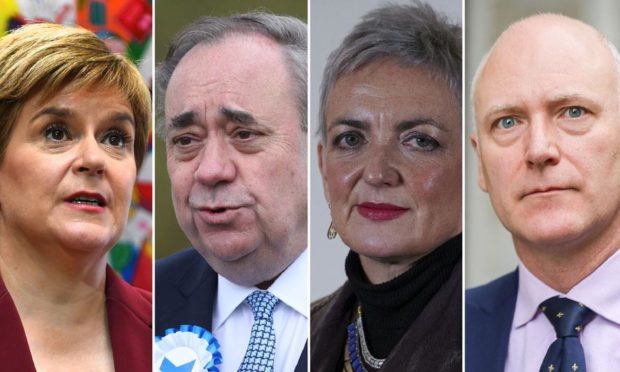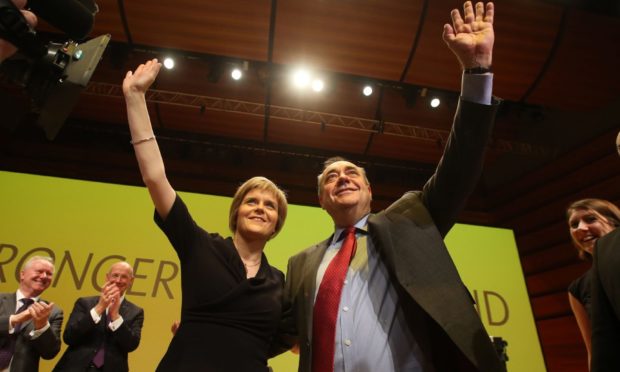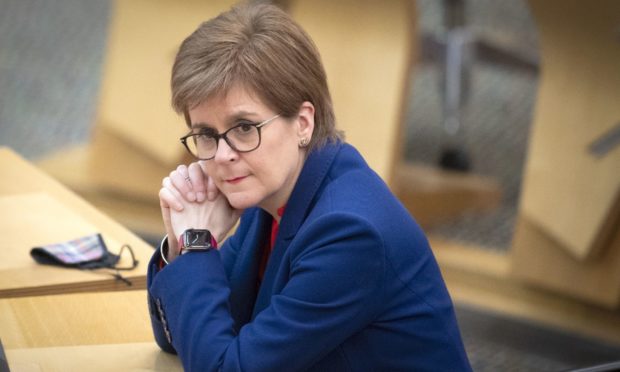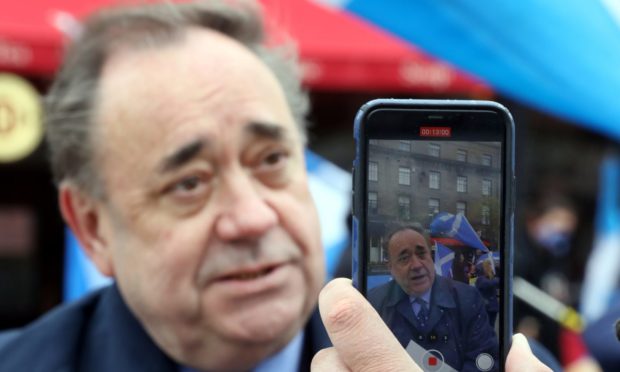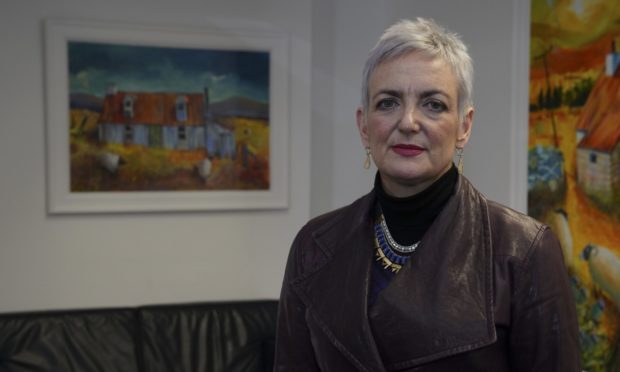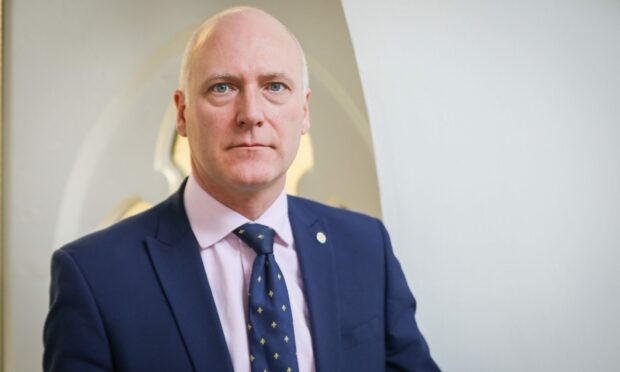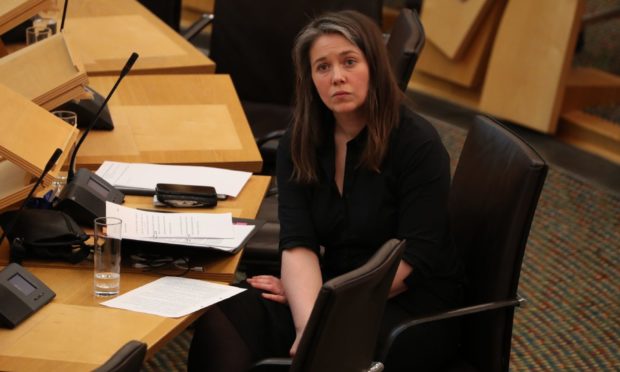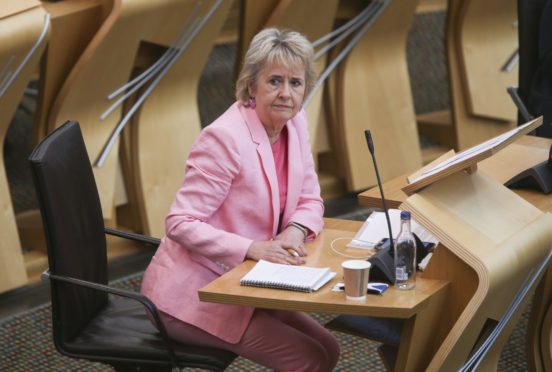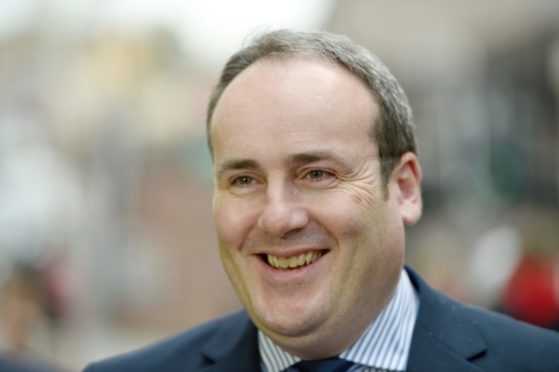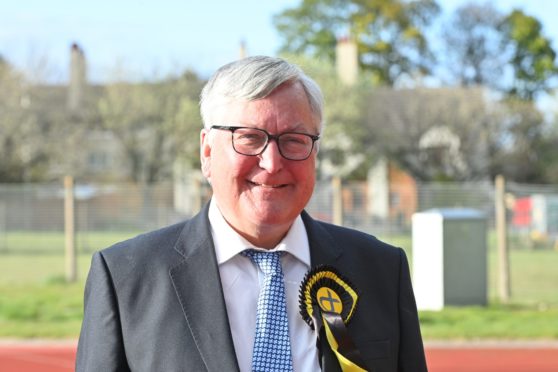With the exception of Joe FitzPatrick, every minister tasked with responding to Scotland’s drug death crisis has been either promoted to cabinet secretary or served as minister in another government department.
In 2007, when the SNP was first elected to government, Scotland recorded 455 drugs deaths.
Since then the country has experienced a 177% mortality increase and nearly 10,000 people have died as a result of illicit substance abuse in the last 14 years.
The causes of drug addiction are complicated, multi-faceted and often difficult to define.
Scotland’s death rate is three times higher than the rest of the UK.
The country looks to our politicians for leadership in a crisis, but who has been responsible for responding to “Scotland’s shame”?
First Minister
Although not personally responsible for solving each crisis faced in government, the buck ultimately stops with the First Minister.
Scotland has had two first ministers since 2007 — Nicola Sturgeon and Alex Salmond.
Ms Sturgeon admitted during an election debate earlier this year her government had “taken its eye off the ball”.
Since becoming leader in 2014, 5,573 people have died from drugs misuse.
She said: “I think we took our eye off the ball.
“I said as much to the Scottish Parliament.”
She added: “I take the view when politicians get things wrong, and we all get things wrong, it is really important to face up that, it is important to recognise that and it is important to set out what we will do to fix that.
“That’s what I have done on drugs deaths. I’ve appointed a minister to lead forward that work and we are determined to turn that around.”
In his seven-year term Alex Salmond served as leader of Scotland, 3,751 drugs deaths were recorded.
Asked during the election campaign whether the SNP and he had taken their “eye off the ball”, Mr Salmond said: “No, I think every political party in Scotland should accept responsibility for the record they had in office.
He added: “I think the drugs policy we had was very soundly based. But I think it would be very wrong now not to accept more should have and could have been done and perhaps we need a reorientation of drugs policy.
“The progress in certain areas we made were hindered by Westminster.”
Minister for Drugs Policy
December 2020 – present
The minister for drugs policy position was created in the wake of Dundee City West MSP Joe FitzPatrick resigning as minister for public health at the tail-end of 2020, following another rise in deaths in the city and in Scotland.
Drugs deaths until then had been the purview of the public health minister.
The role is held by Angela Constance, SNP MSP for Almond Valley.
Since her appointment, Ms Constance has said she would “carry the can” for any future failures — namely allowing the country’s harrowing death figures to increase.
In the short time she has been in the role, she has overseen the introduction of policies including promising addicts seeking help they will be given it on the same day and an increase on naloxone kits for paramedics.
But as First Minister Nicola Sturgeon pointed out earlier this week, not enough time will have passed since the introduction of a drug policy minister to impact the latest death rate figures.
Minister for Public Health
June 2018 – December 2020
Joe FitzPatrick served as public health minister, with responsibility for tackling the drugs death crisis.
In his two-and-a-half year tenure, Scotland recorded 2,451 drugs deaths.
Agreeing to step down after days of furore at the Scottish Parliament, Mr FitzPatrick admitted he had become “a distraction”.
He said the “most heart-breaking and difficult problems” he faced as public health minister were the harms and deaths caused by drug use.
“As the minister responsible for this area I, ultimately, take my responsibility,” he added.
“It is clear that my presence as a minister will become a distraction, when we should be focused on achieving the change we need to save lives.”
Accepting his resignation, Ms Sturgeon said “the time has now come to make a change.”
Mr FitzPatrick was responsible for setting up Scotland’s Drugs Death Taskforce, which was criticised for not initially including enough people who had lived experience of drug addiction and recovery, as well as acting “too slowly”.
Mr FitzPatrick accused the UK Government of being “depressingly dismissive” during his time in the role, with Westminster ministers repeatedly turning down invites to meet the task force.
Under his watch Dundee retained its unwanted title of drugs death capital of Europe.
He was returned to Holyrood with an increased majority and more than 60% of the Dundee City West constituency vote.
Prior to Mr FitzPatrick, former MSP Aileen Campbell was minister for public health.
In 2017, the year before Mr FitzPatrick took on the role, Ms Campbell responded to the ever increasing death rate.
She said at the time: “We are dealing with a very complex problem in Scotland – a legacy of drugs misuse stretching back decades.
“What we are seeing is an ageing group of people who are long-term drugs users. There are no easy solutions, but we recognise that more needs to be done.”
She said a refresh of the government’s drugs strategy would provide “an opportunity to reinvigorate our approach, to respond to the new challenges emerging and to be more innovative in our response to the problems each individual is facing”.
Ms Campbell was promoted to Cabinet Secretary for Communities and Local Government in 2018.
Minister for Community Safety
Before the strategy for drugs deaths was moved to public health, the minister for community safety was responsible for the government’s response to the problem.
In 2012, when we reported drugs deaths had increased by 52% in 10 years, former Perthshire South and Kinross-shire MSP Roseanna Cunningham was responsible for the Scottish Government response to drugs deaths.
She held the role from 2011-2014.
At the time she said: “The Scottish Government is dealing with a legacy of drug misuse which stretches back decades and, as in previous years, the statistics published today show that many of these deaths are older drug users who have become increasingly unwell throughout the years.
“It is encouraging that drug deaths statistics show fewer young people are dying.”
After Ms Cunningham was promoted to cabinet secretary in 2014, former MSP Paul Wheelhouse took on the brief.
In 2014, when Dundee was again named “drug death capital”, he said: “We are continuing to tackle the damaging impact of drugs and make recovery a reality for individuals, families and communities affected through our national drugs strategy, the Road to Recovery.
“Since 2007/08 we have made a record investment of more than £224 million in drug treatment, care and recovery services, with £30.4 million provided to NHS boards for frontline treatment in 2014/15.”
The following year, when the death rate increased again, he said: “The figures published highlight that while there has been some progress in tackling problem drug use, Scotland still faces a huge challenge in tackling the damaging effects of long-term drug use among an aging cohort of individuals in Scotland.
“Scotland has for some years faced the difficult task of rehabilitating a generation of individuals with a history of problem drug use.”
Prior to Ms Cunningham being appointed minister, Inverness and Nairn MSP Fergus Ewing held the position, from 2007 to 2011.
In his time Mr Ewing recorded one of only two reductions in the yearly death figure, in 2010 when 485 were recorded compared to the year previous, which saw 545.
Speaking in 2010, he said: “I extend my sympathies to everyone who has been affected by the loss of a loved one. These figures remind us that drug misuse destroys lives, and the impact is felt far beyond the individual user.
“Fewer people lost to drug use is always good news, but we must acknowledge that these figures remain high. It is clear we continue to face a challenge to help steer people away from problem drug use and towards recovery.”
